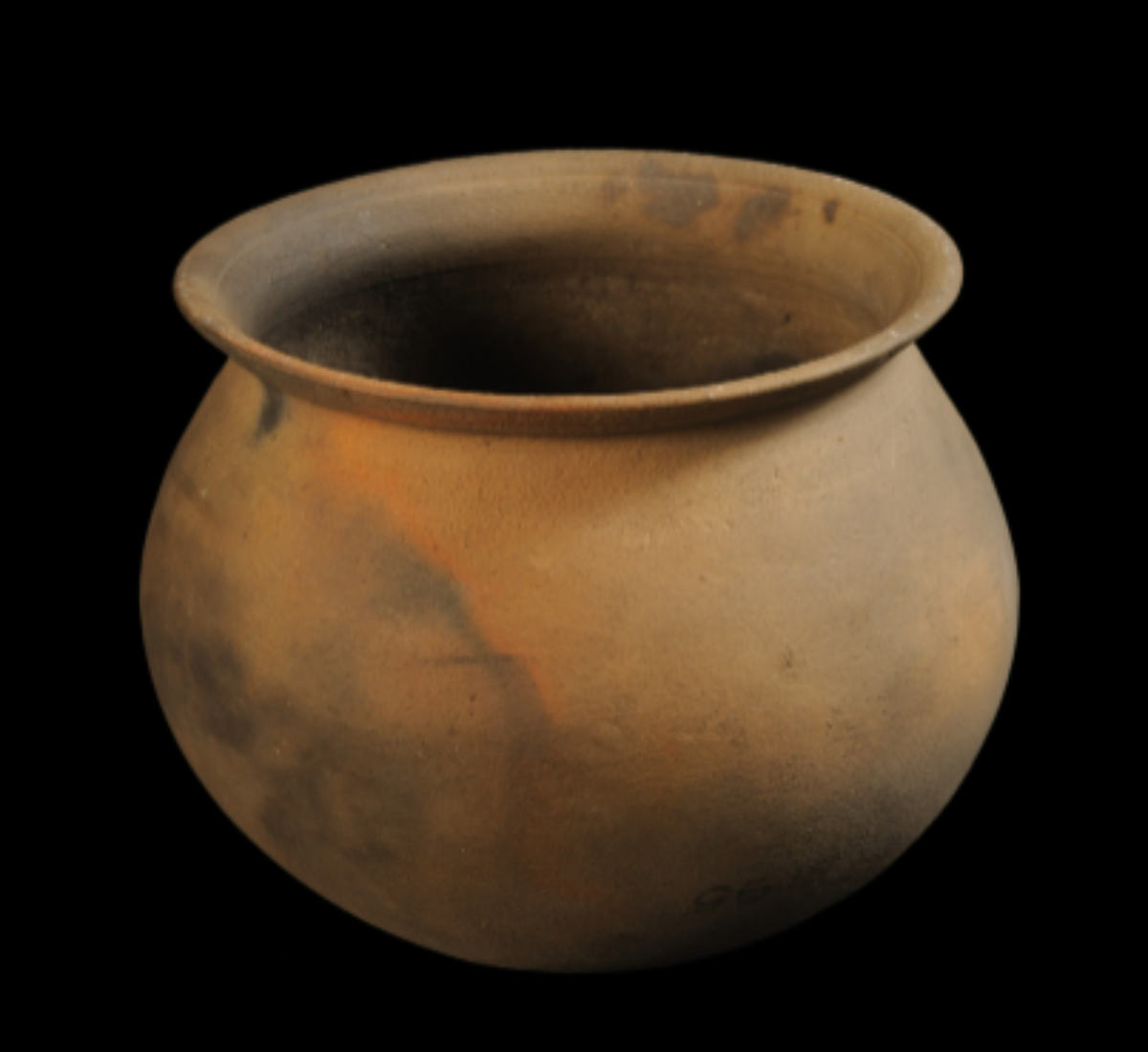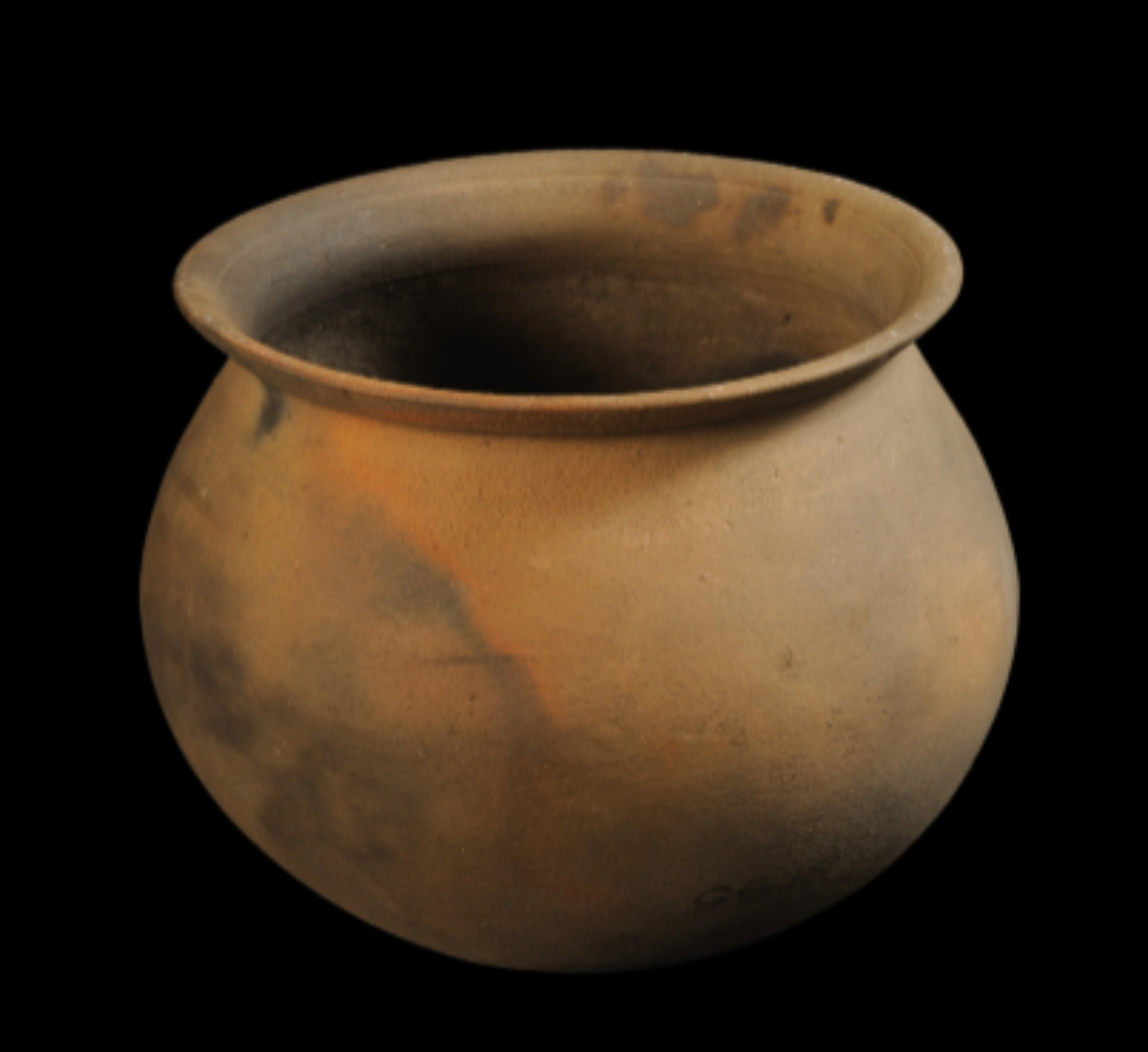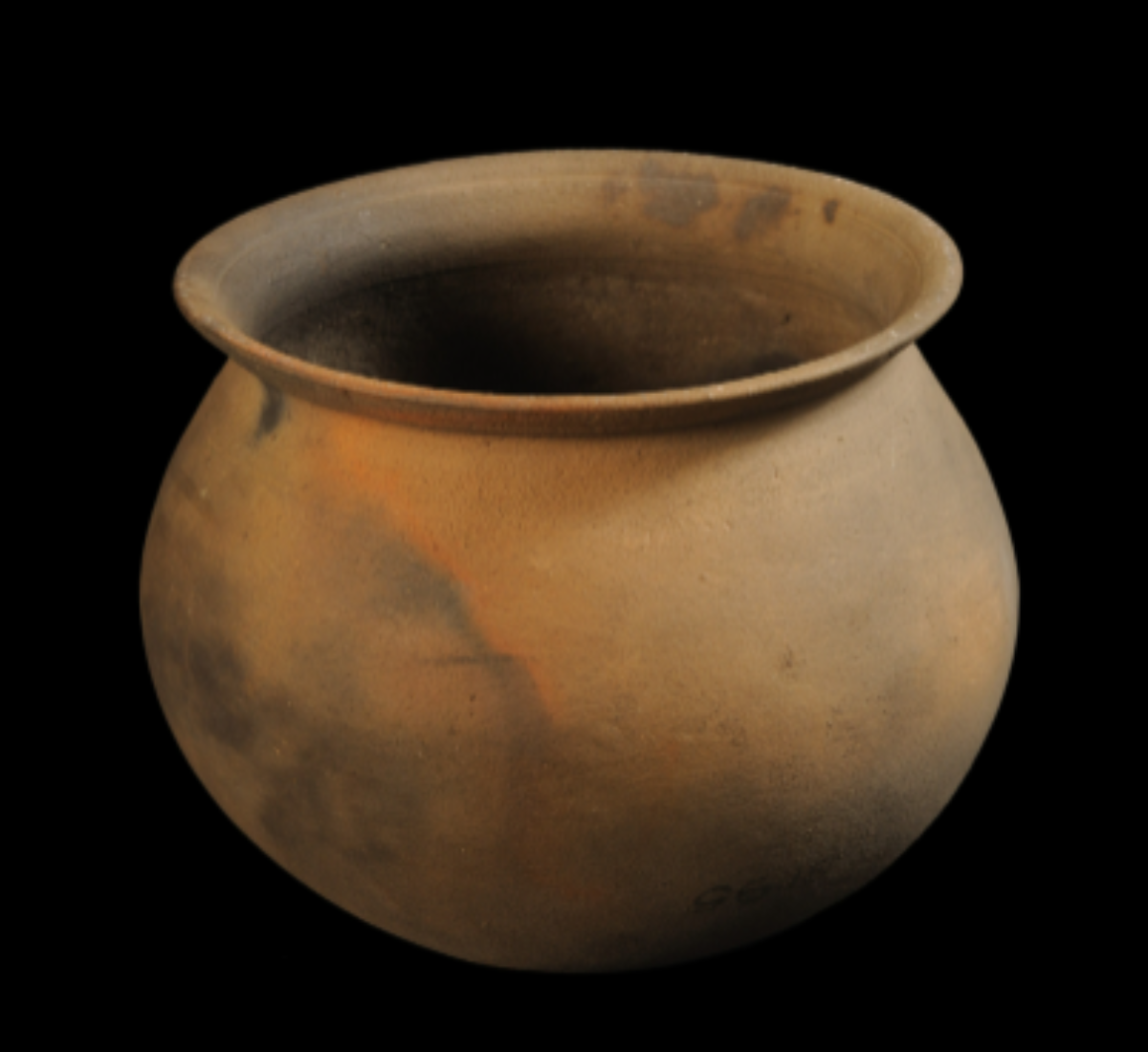State
Tribe Name
Art Type
short description
The Tipli exhibits visceral ties with an age-old culinary and cultural practice of the Khonds tribe in Odisha, thus validating its placement as a formal representation of the cuisine, ecology, and handicraft traditions of the concerned tribe. Presently, housed in the Indian Museum in Kolkata, this pot is a representation of the indigenous knowledge of pottery that blends utility along with ornamental values.
Thumbnail

Filter Postion
Right
Filter Background
Off
Theme
Filter Header Image

content
Image

description
The Tipli exhibits visceral ties with an age-old culinary and cultural practice of the Khonds tribe in Odisha, thus validating its placement as a formal representation of the cuisine, ecology, and handicraft traditions of the concerned tribe. Presently, housed in the Indian Museum in Kolkata, this pot is a representation of the indigenous knowledge of pottery that blends utility along with ornamental values.
Made of baked clay, it is spherical in shape, with a short neck and a wide circular mouth, fittingly used for the storage of food after cooking. An engraved line has been drawn around the rim, adding to the aesthetic character of this otherwise utilitarian object. The shape and material act in a way to hold heat and keep food warm, perfectly in sync with the sustainable and resourceful way of living embraced by the tribe.
Earthen pots, including Tipli, are manufactured by local potters principally from indigenous materials following traditional methods handed down from generation to generation, which entails human handling, sun drying, and open-air baking. For the Khonds, the Tipli is more than just a cooking vessel — it signifies their culinary tradition, environmental wisdom, and artisanal traditions.
Its design and form are particularly customized for a tribal way of life whereby simplicity meets utility. Use of clay thereby promotes eco-friendly living — much of which reflects tribal cultures all over India.
Made of baked clay, it is spherical in shape, with a short neck and a wide circular mouth, fittingly used for the storage of food after cooking. An engraved line has been drawn around the rim, adding to the aesthetic character of this otherwise utilitarian object. The shape and material act in a way to hold heat and keep food warm, perfectly in sync with the sustainable and resourceful way of living embraced by the tribe.
Earthen pots, including Tipli, are manufactured by local potters principally from indigenous materials following traditional methods handed down from generation to generation, which entails human handling, sun drying, and open-air baking. For the Khonds, the Tipli is more than just a cooking vessel — it signifies their culinary tradition, environmental wisdom, and artisanal traditions.
Its design and form are particularly customized for a tribal way of life whereby simplicity meets utility. Use of clay thereby promotes eco-friendly living — much of which reflects tribal cultures all over India.
Image Mode
landscape
promoted
On
Verified
Off
